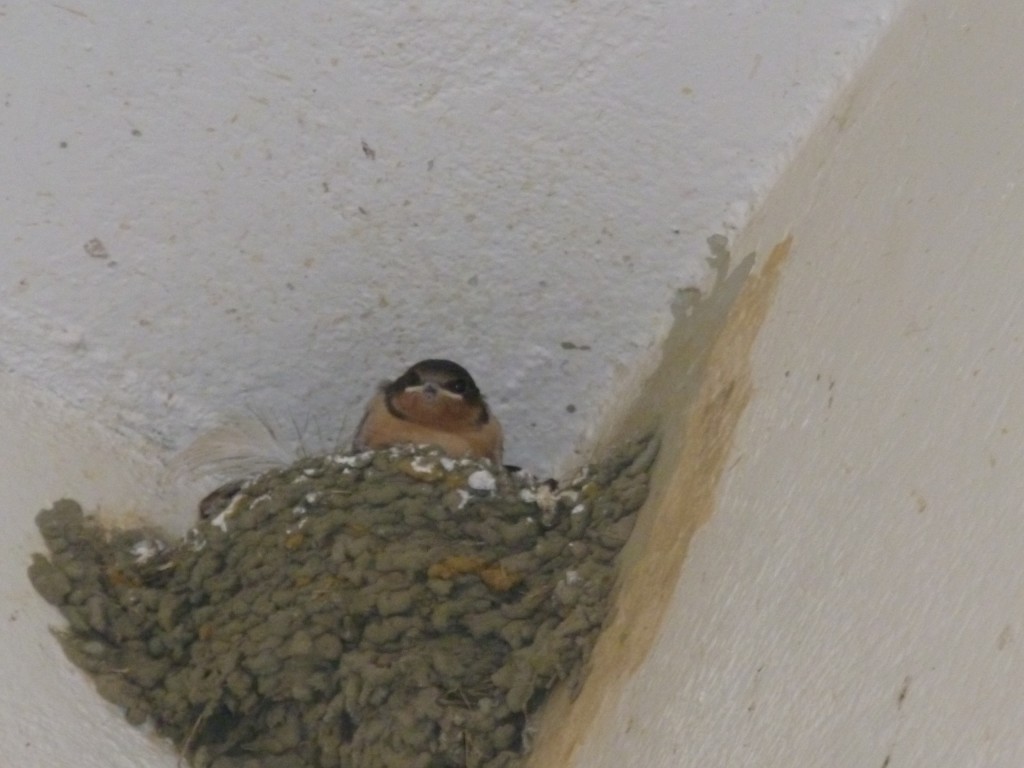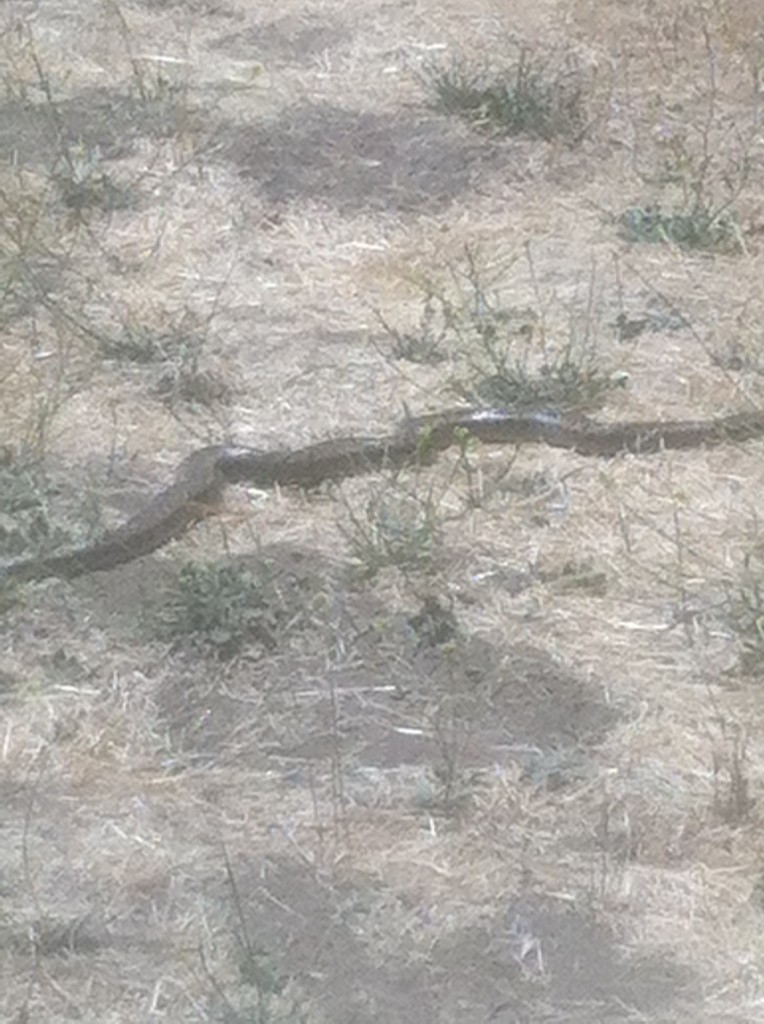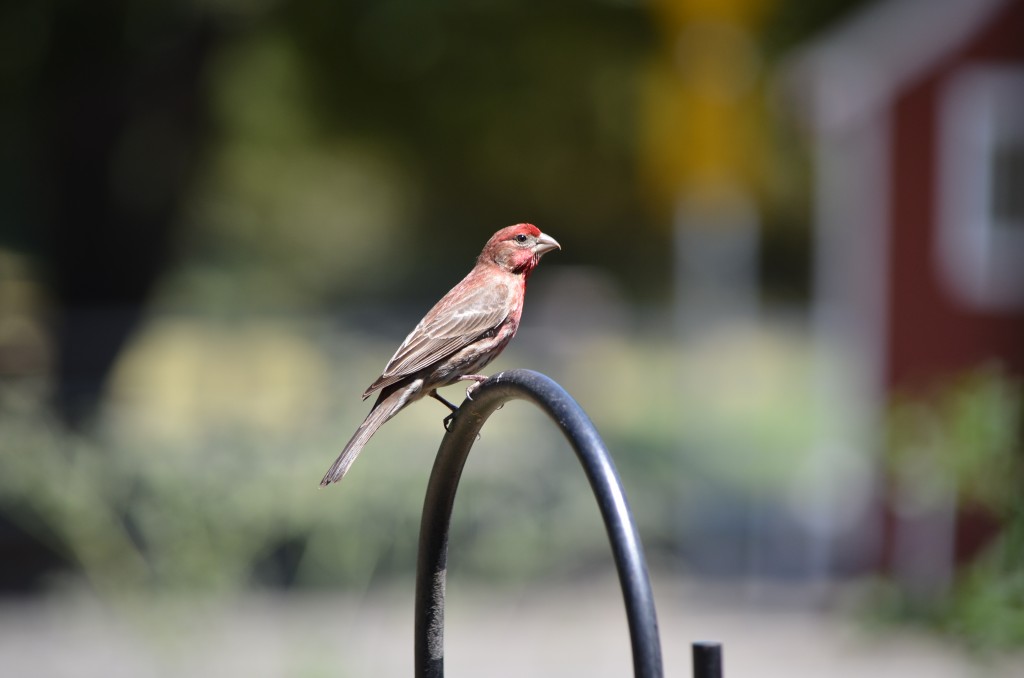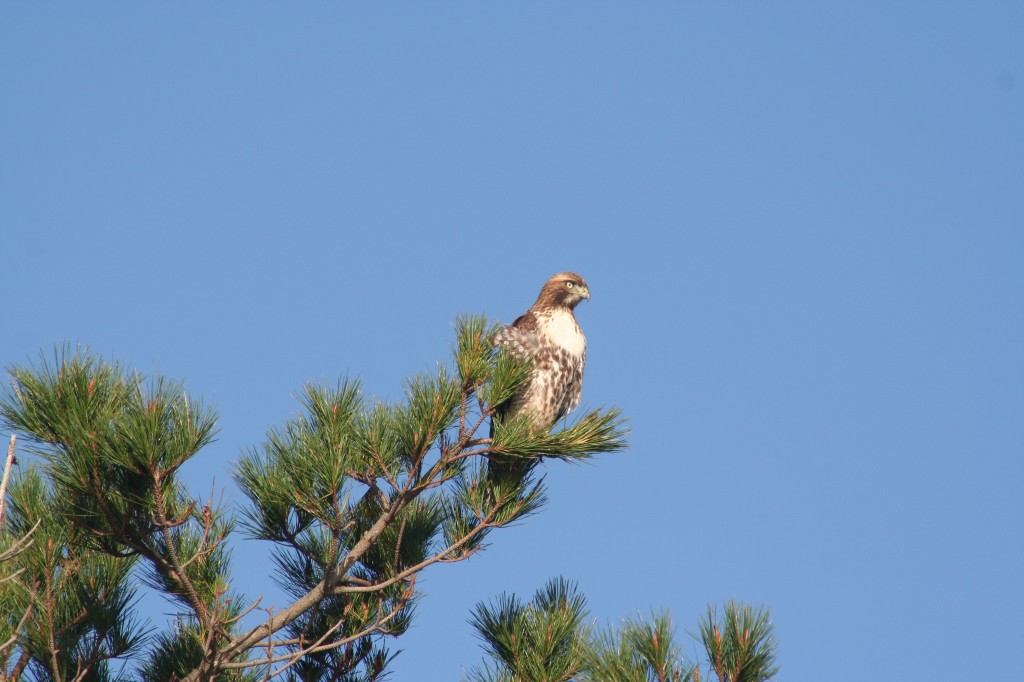It was the summer of 2013, and my grandfather had been visiting from India, and one day, while I was playing on the swings at school, he went inside the bathroom. That was when we found this small colony of Swallows in their nest. My grandfather has photos and shots of all 4 chicks in the same photo. These amazing birds dart across the sky like little jets filled with vibrant colors, and make medium-sized nests. The Barn Swallow is the national bird of Austria and Estonia, but it has a range that extends into North America as well. As this bird’s name suggests, it likes to live in barns, where most of the time, it builds its nests. The female raises her chicks up slowly, teaching them all the steps of life, and so the chicks are born from helpless to smart. A young swallow is then taught how to fly, and when that is done, it leaves the nest forever. When we came back the next day to see the nest, it was gone. The Swallows were flying around everywhere, and were lost. I was guessing that someone might have thought it was a wasp nest, and broke it. Or else someone wanted to show it off. The baby swallows were very tiny, so they could be vulnerable to Owls and other dangerous predators in the open.
Below: A young Barn Swallow chick looks out of its nest and into the world.



